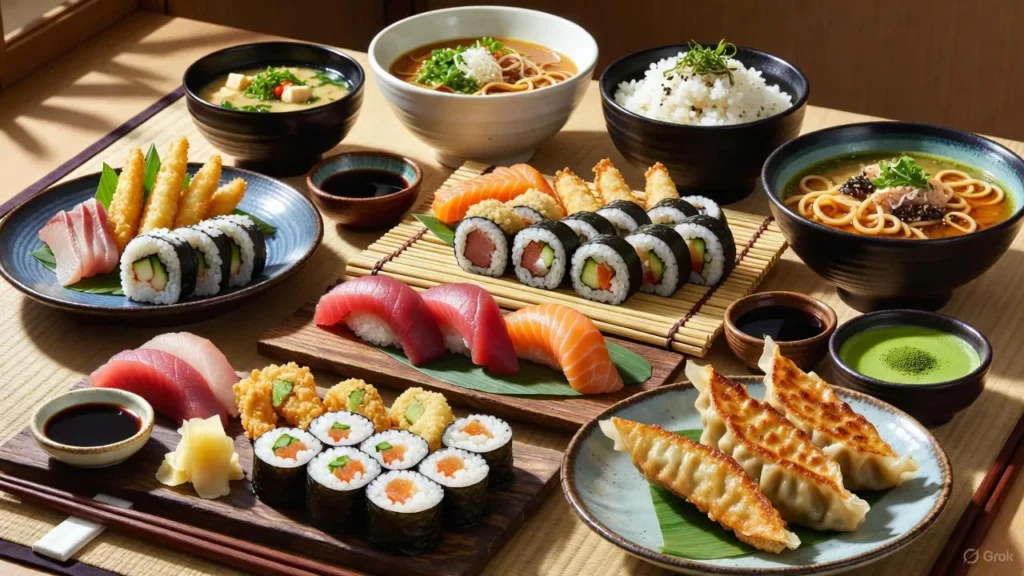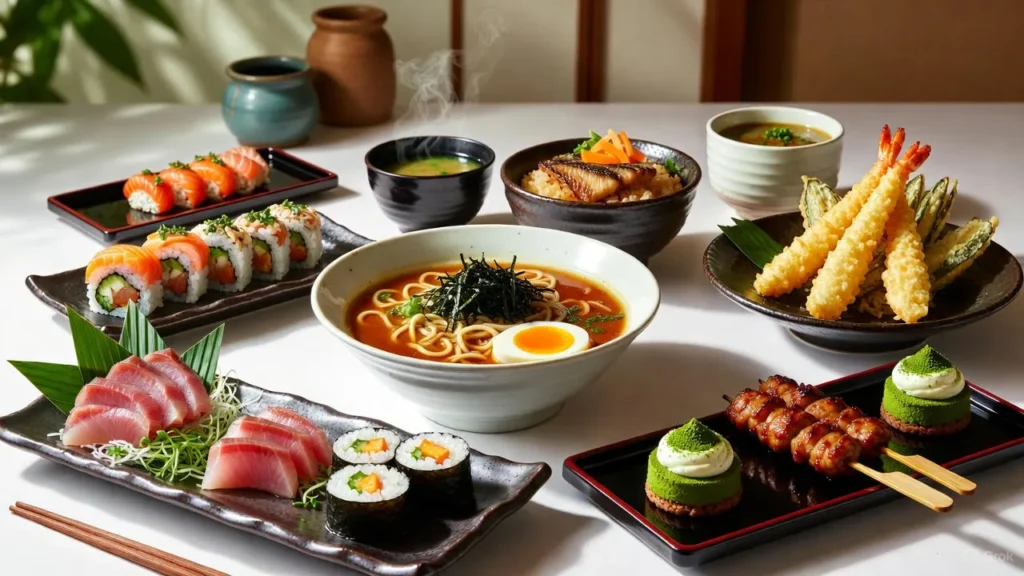Custom in Japanese Food Service
In Japan, dining is not merely about satisfying hunger—it is a graceful expression of culture, manners, and harmony. The custom in Japanese food service represents centuries of refined tradition, where every gesture and presentation reflects deep respect for the guest. It is this sense of mindfulness and detail that makes Japanese hospitality world-renowned.
The Meaning Behind Omotenashi
At the heart of the custom in Japanese food service lies the concept of Omotenashi—a philosophy of wholehearted hospitality. It means serving others with sincerity, anticipating their needs before they even ask. From a humble tea house to a fine dining restaurant, this principle defines how Japanese hosts treat every visitor. The moment you enter, you are greeted warmly, guided with care, and served with precision that feels both effortless and respectful.

Respect Through Rituals
Japanese dining is filled with rituals that symbolize appreciation and respect. Guests bow when entering and leaving, a gesture mirrored by staff members to express mutual gratitude. Before eating, diners say Itadakimasu—a phrase meaning “I humbly receive,” thanking the chef and nature for the meal. After finishing, Gochisousama deshita conveys gratitude for the effort behind the preparation. These phrases are small yet powerful parts of the custom in Japanese food service, turning a simple meal into a cultural ceremony.

The Art of Presentation
Every plate in Japan tells a story. Presentation is not an afterthought but a vital element of the experience. Chefs carefully balance color, shape, and texture to reflect the changing seasons. The custom in Japanese food service nyt has often highlighted how dishes are designed to appeal to the five senses—sight, smell, taste, touch, and even sound. This attention to harmony creates a dining atmosphere that feels peaceful and artistic.
Etiquette and Manners
Table manners are another key element of the food service. Using chopsticks correctly, avoiding loud eating noises, and respecting the order of serving all reflect discipline and awareness. It’s also polite to wait until everyone has been served before beginning the meal. Even pouring drinks for one another instead of yourself is a subtle gesture of connection and humility.

A Culture That Inspires the World
Ultimately, the custom in Japanese food service reminds us that dining can be both spiritual and social. Every motion, word, and expression contributes to an atmosphere of grace and mindfulness. It’s an experience that leaves not just the stomach full but the heart touched. No wonder so many travelers find themselves enchanted by Japanese dining traditions—each visit feels like a journey into the soul of Japan.